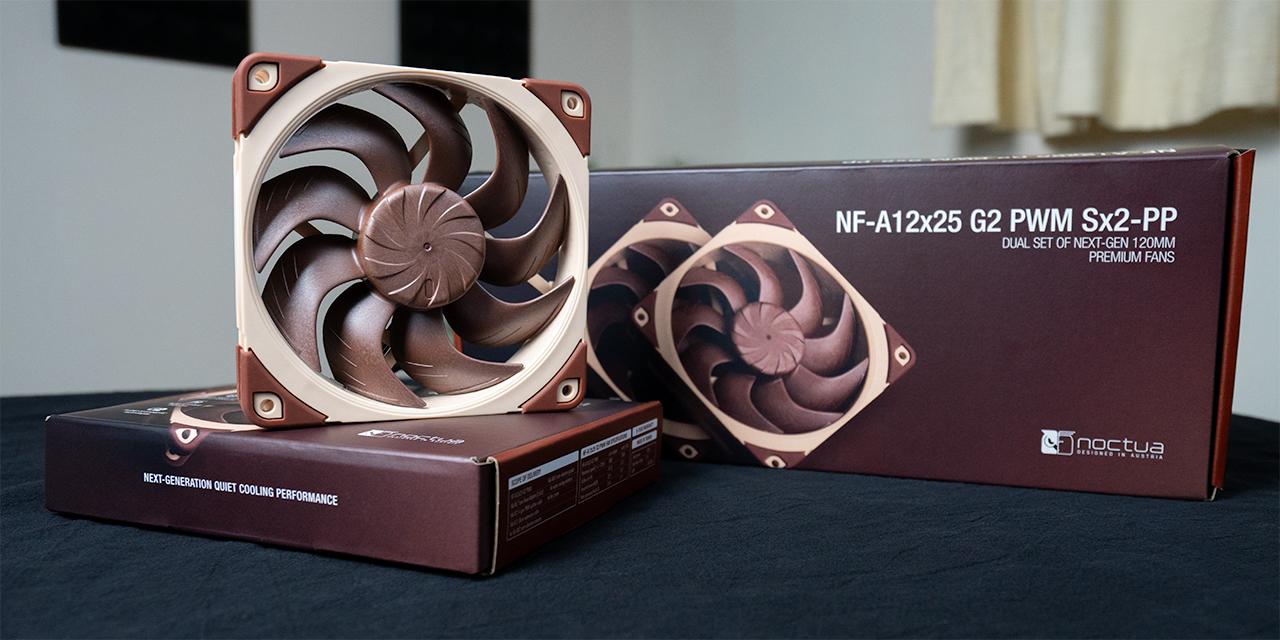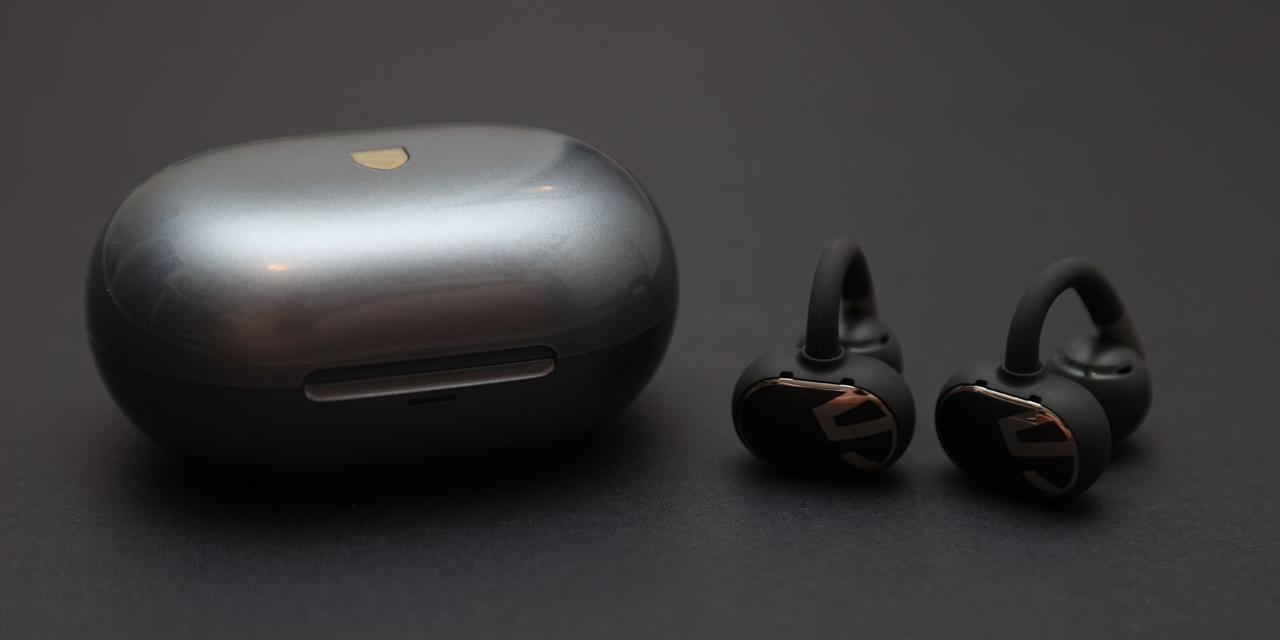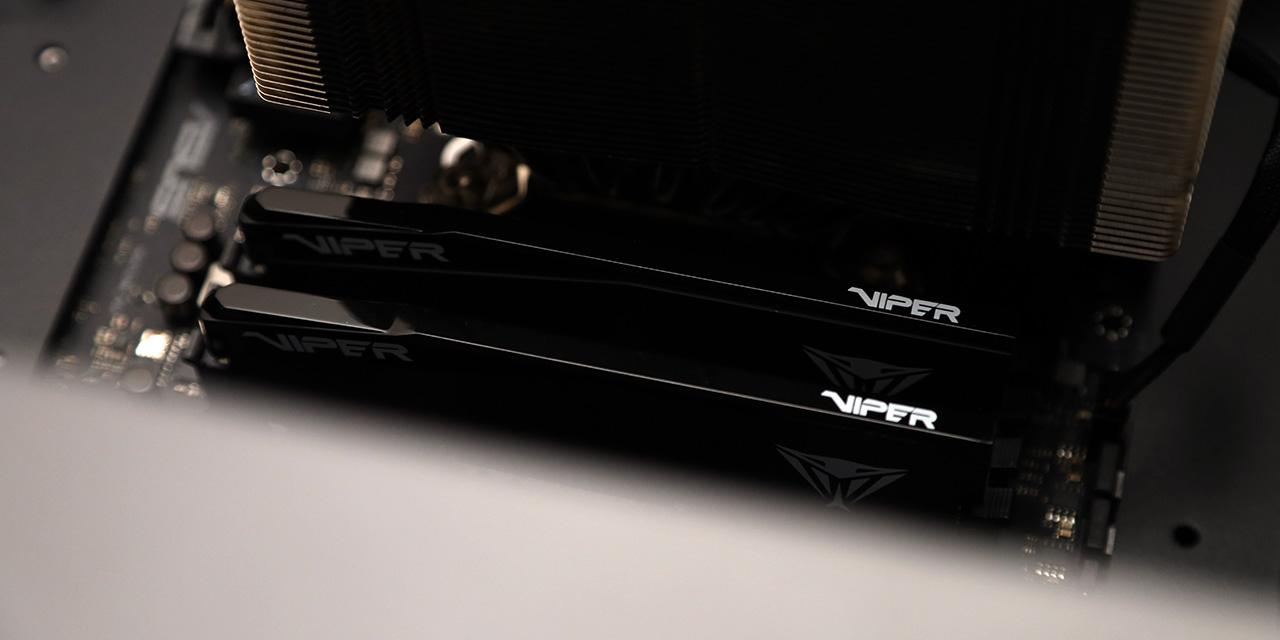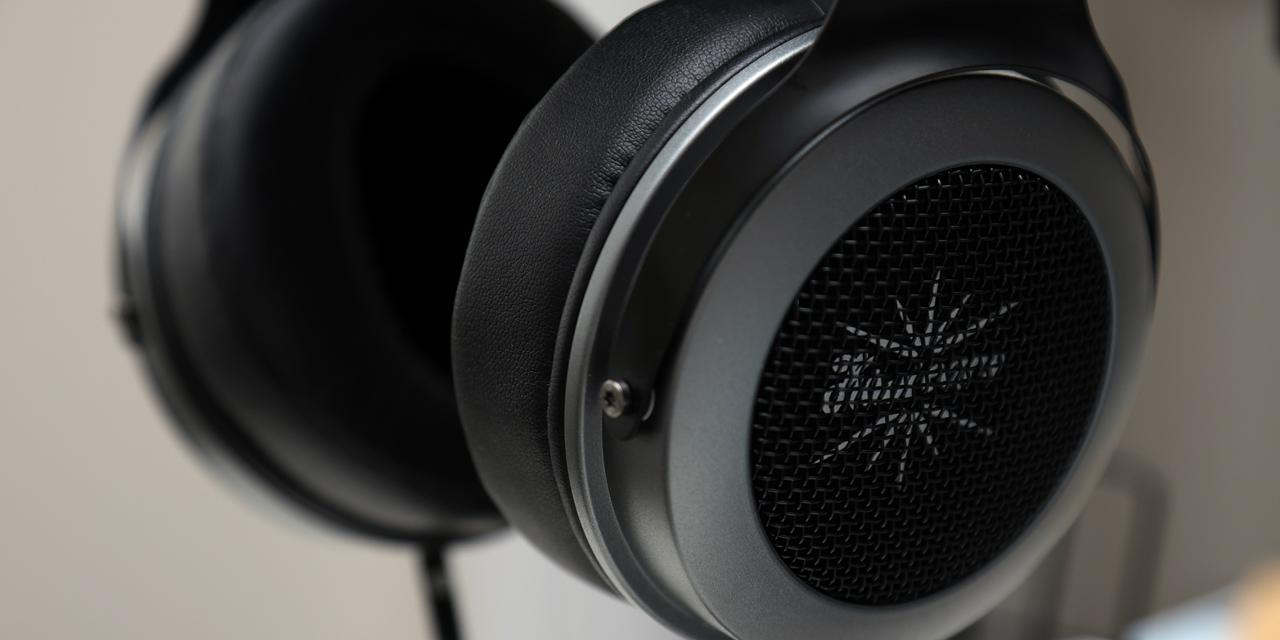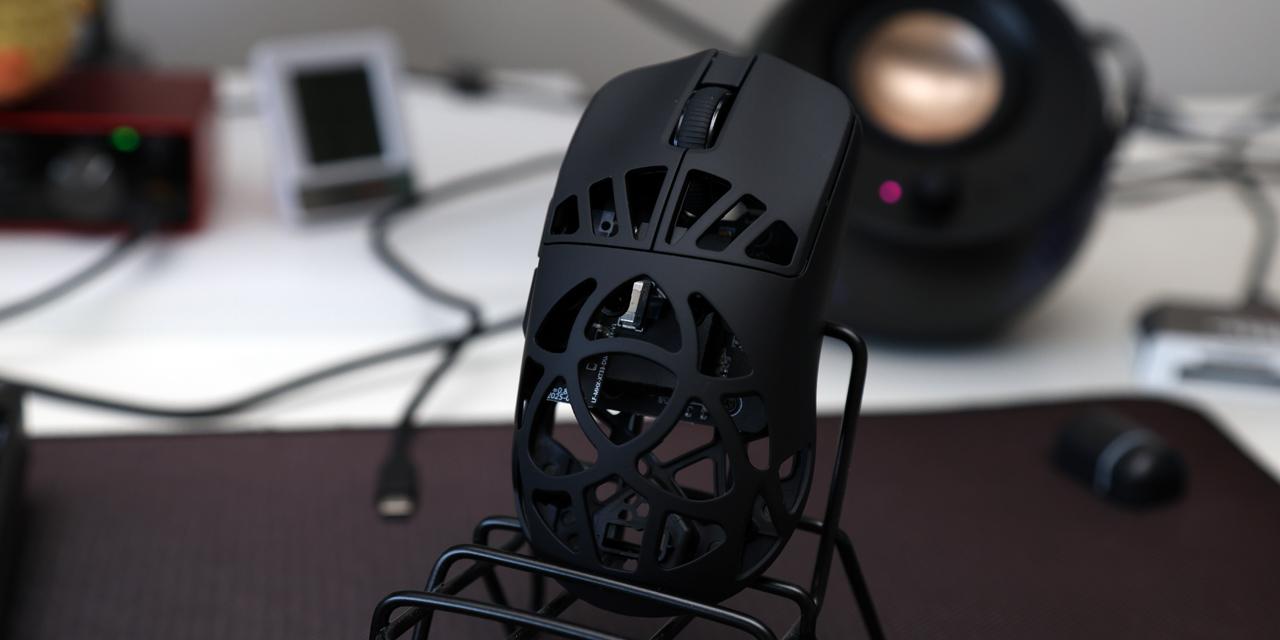Page 2 - A Closer Look - Hardware and Software

The physical design of the AVerMedia Elite Go GC313Pro is almost the same as the Core Go GC313 with some small differences. Both of them are rectangular prisms with dimensions 66mm in length, 36.6mm in depth, and 62mm in height. Their size is quite compact and weighs 250g, which I would not consider light, but I would not consider it heavy either. The Elite Go is the exact same gray color as the Core Go. There are only two differences that can be found. The first is the text below "AVerMedia", to the bottom right, which prints "Elite Go" rather than "Core Go". The second is the different labels on the USB Type-C ports.

The plug on the AVerMedia Elite Go GC313Pro is located at the bottom, and can be folded to prevent it from protruding when being carried around. It is a US standard plug, but AVerMedia has included adapters for both UK and EU standard plugs. It has universal AC power input of 100V to 240V and 50Hz to 60Hz, which means it will automatically adjust for the voltages and frequencies of different places in the world like the Core Go. The adapters are fitted onto the plug in the folded position with a clip to secure it in place.
The Elite Go shares the same circuit protection features as the Core Go, including overvoltage protection, overcurrent protection, over power protection, over temperature protection, and short circuit protection. The names of each are self-explanatory, and describe their purpose.
One point of confusion could be the difference between overcurrent protection and short circuit protection. Both features aim to prevent damage from currents beyond the rated amount. However, short circuit protection requires protection from instantaneous surges of current, while over current protection deals with current fluctuations near the rated amount.

The interfaces of the Elite Go are located on the top. There are two USB Type-C, one HDMI, and one USB Type-A port. Both Type-C are version 3.2 Gen 1, unlike the Core Go, which has 3.2 Gen 1 and 2.0. By using the USB-C1 port, the wall charger can function as a dock for the host device connected to it. The HDMI port can be used to connect to a display, while the USB Type-A can be used to connect peripherals. The USB-C2 port can be used to connect to a computer to receive data for the capture card functionality of the Elite Go. All USB ports can be used to charge at the same time, but the USB Type-C max power output will vary. If a single Type-C device is connected, the max output will be 100W, but when two are connected, the max output of each is 45W. The Type-A port will always have a max output of 5W. These charging capabilities match the Core Go.
Despite being a compact device and charging at a respectable wattage while also capturing gameplay, the Elite Go only heats up to a temperature warm to the touch. This is due to the advantages of using GaN, or gallium nitride, transistors over a traditional silicon one. They have lower resistance, which reduces the amount of heat generated. They also have higher thermal conductance, which allows them to dissipate the built-up heat more easily to the surroundings. Since gallium nitride transistors are more efficient, it allows more of them to be bundled together to create the high power density required for fast charging.
The charging protocol used by the Elite Go is Power Delivery 3.0, or PD 3.0. This protocol allows the device being charged to communicate with the charger and requests the amount of power received. The PD 3.0 standard is a more efficient version of the PD 2.0 standard. It also introduces the optional Programmable Power Supply, or PPS, feature. PPS allows the charger to adjust the voltage in increments of 20mV rather than preset amounts, which results in more efficient and faster charging. Since AVerMedia did not advertise PPS anywhere, I will assume the Elite Go does not support it, just like the Core Go. As for the HDMI, it is on version 2.0, which can support up to 4K resolution at 60Hz.

Through the Assist Central Pro software from AVerMedia, the Elite Go firmware can be updated as well as configuring settings for capturing footage from a handheld gaming device. Unlike other AVerMedia capture cards, the AVerMedia Streaming Center software does not support the Elite Go, so third-party software must be used for recording.
Page Index
1. Introduction, Packaging, Specifications
2. A Closer Look - Hardware and Software
3. Tests and Usage Experience
4. Conclusion
